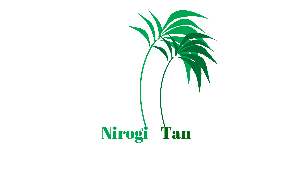Vanadium is a trace mineral that can be found in a variety of dietary sources. Foods such as mushrooms, shellfish, dill, parsley, black pepper, and certain whole grains are all good sources of vanadium. In a balanced diet, the typical intake of vanadium is around 10-20 micrograms per day.
Vanadium plays a crucial role in the body’s metabolism and growth, and it is also known for its potential insulin-mimetic effects. It has been suggested that vanadium may help to improve glucose metabolism and insulin sensitivity, making it potentially beneficial for those with diabetes or insulin resistance.
While there is no established Recommended Dietary Allowance (RDA) for vanadium, a well-balanced diet should provide an adequate amount of this mineral. It’s important to note that excessive intake of vanadium can be harmful, leading to potential toxicity. Therefore, it is essential to consume vanadium from natural dietary sources rather than through supplementation.
Incorporating foods that are naturally rich in vanadium, such as mushrooms, shellfish, and whole grains, into your diet is the best way to ensure a sufficient intake of this essential mineral. However, it is also important to be mindful of the potential risks of overconsumption and to consult with a healthcare professional if you have any concerns about your vanadium intake.
Health Tips: When it comes to vanadium intake, it is crucial to focus on obtaining this mineral through a balanced diet rather than relying on supplements. Additionally, if you have any underlying health conditions or concerns about vanadium intake, it is best to consult with a healthcare professional for personalized advice.

